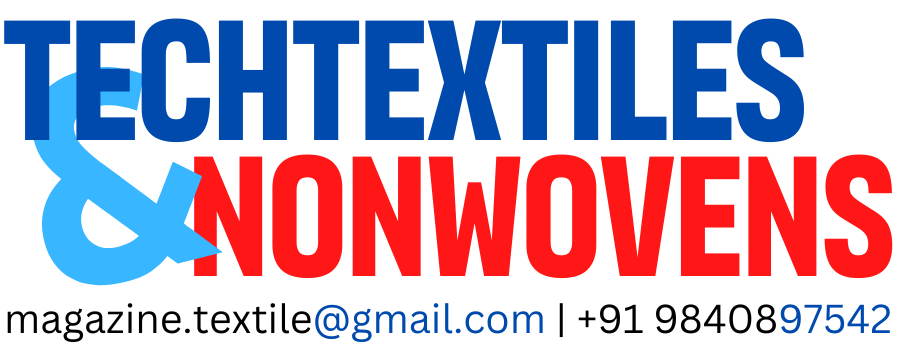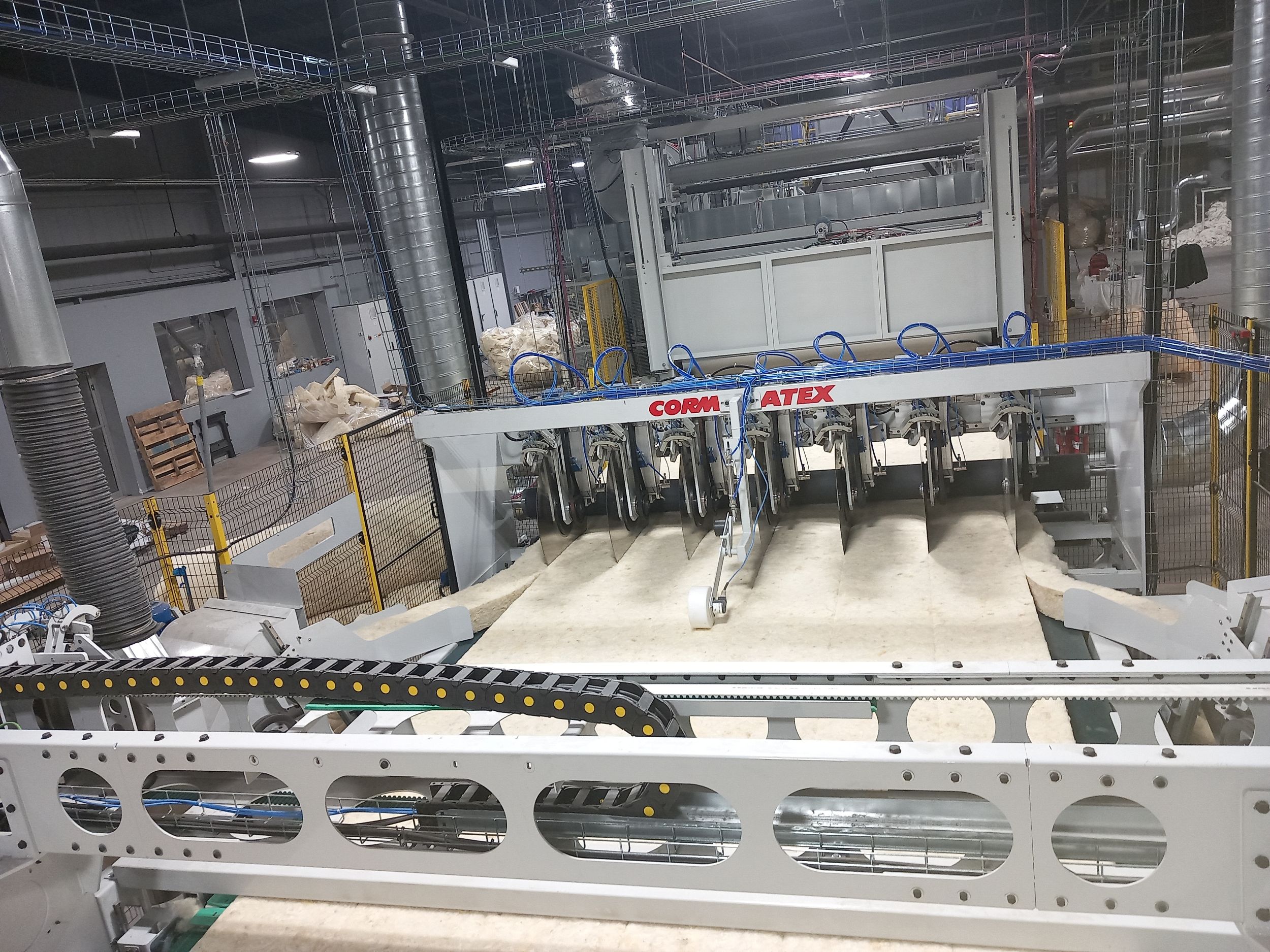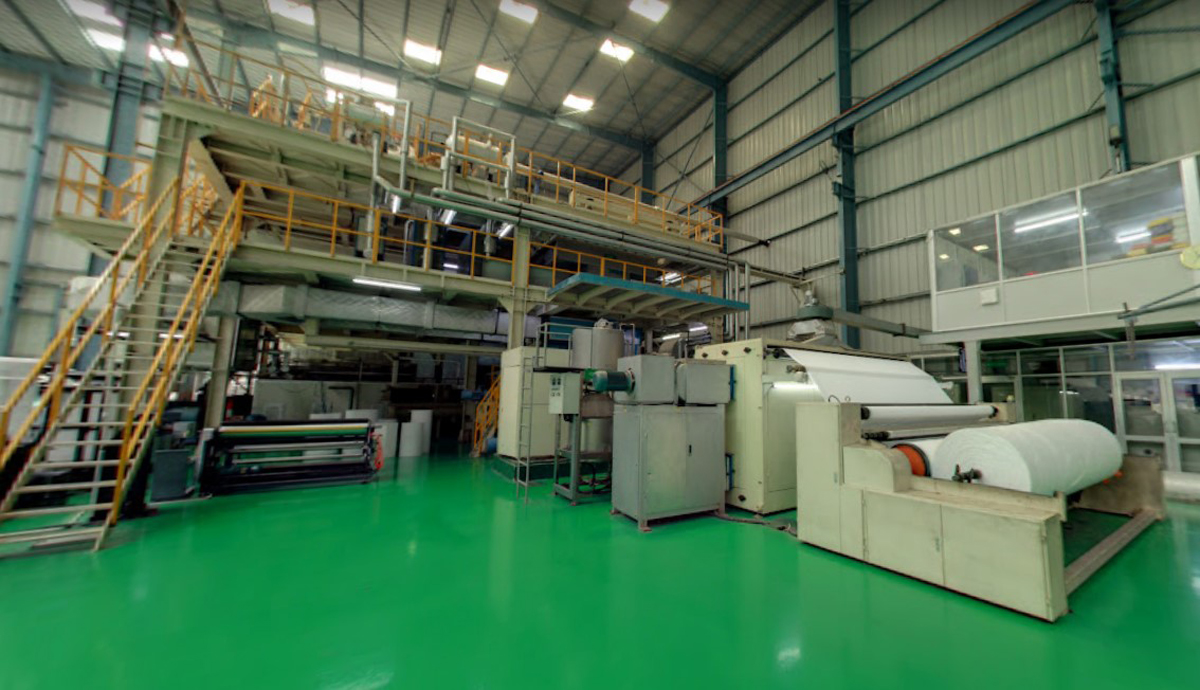With a legacy dating back to 1938, Italian textile machinery manufacturer Cormatex has long been recognised for its technological excellence and continuous innovation. Initially a specialist in woollen spinning technology, the company took a pivotal turn in the early 1960s, entering the nonwoven segment to diversify into technical textiles. This strategic expansion has since evolved into one of the company’s strongest business areas, driven by decades of R&D, a deep understanding of fibre behaviour, and a strong focus on the circular economy.
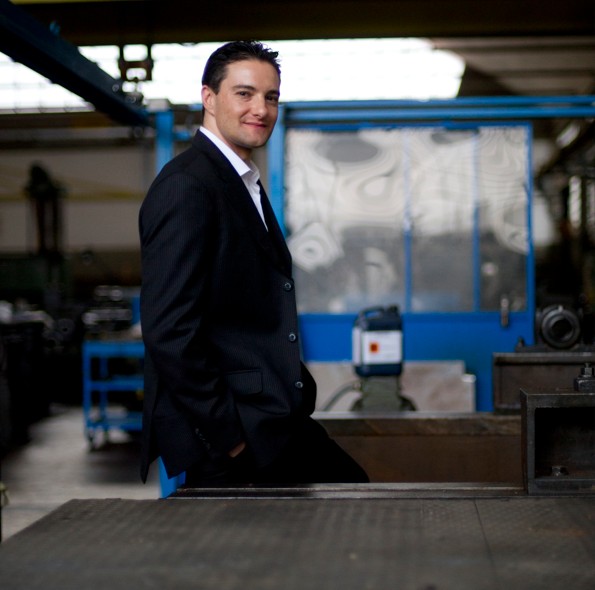
In a recent conversation, Mr. Luca Querci, Managing Director of Cormatex, shed light on the company’s journey, its core technologies, sustainability-driven innovation, and its expanding global reach—including a sharper focus on emerging markets like India.
Combining Innovation, Flexibility and Customisation
At the heart of Cormatex’s nonwoven offering lies its specialised airlay technology, branded as Lap Formair H and Lap Formair V. These systems, designed for horizontal and vertical fibre orientation respectively, are the result of years of technological refinement and client-centric development. “Since their introduction in 2006–2007, we’ve continuously pushed the limits of what these machines can do—both in terms of raw material flexibility and output versatility,” said Mr. Querci. “Whether it’s ultra-short, heterogeneous fibres, powders, or even textile waste, our airlay systems can handle them with ease.”
Cormatex’s machinery range extends from high-speed carding and cross-lapping machines (up to 15 meters wide), to complete solutions for fibre opening, blending, longitudinal and cross-cutting, and automated winding. The company’s in-house pilot line serves as both a testbed and collaborative R&D facility. “This pilot line is where we co-develop new products and processes with our customers. It allows us to move from machinery supplier to strategic solution provider,” Mr. Querci emphasized.
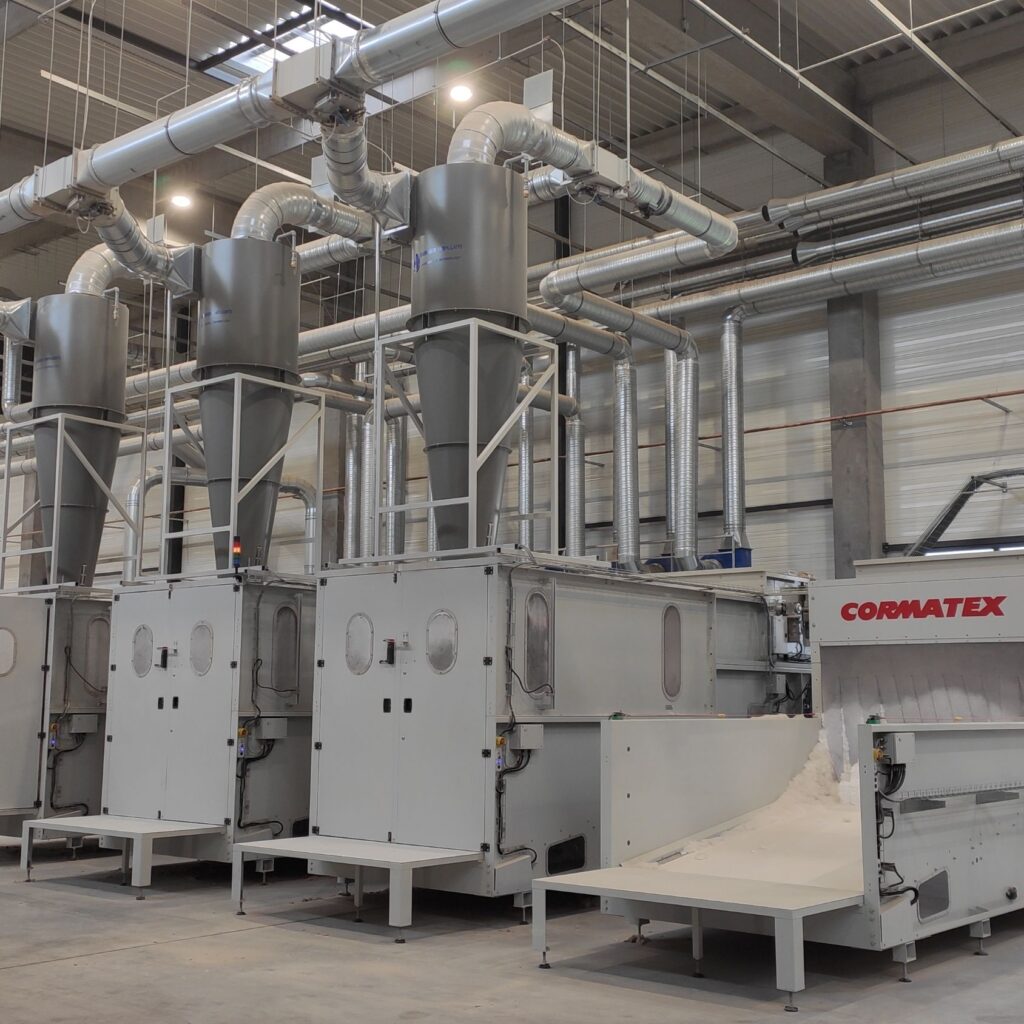
Every Cormatex project is custom-engineered, tailored precisely to a customer’s production requirements. The company also integrates complementary systems from trusted partners to deliver full-fledged, turnkey solutions—from raw fibre to palletized final product.
Sustainability at the Core of the Cormatex Philosophy
Cormatex’s commitment to the circular economy is not an afterthought—it’s a defining pillar of its corporate strategy. “We firmly believe that industrial production of the future must reduce its dependence on virgin raw materials. Our airlay lines are designed to run entirely on post-industrial and post-consumer waste, converting what was once a problem into a valuable resource,” Mr. Querci explained.
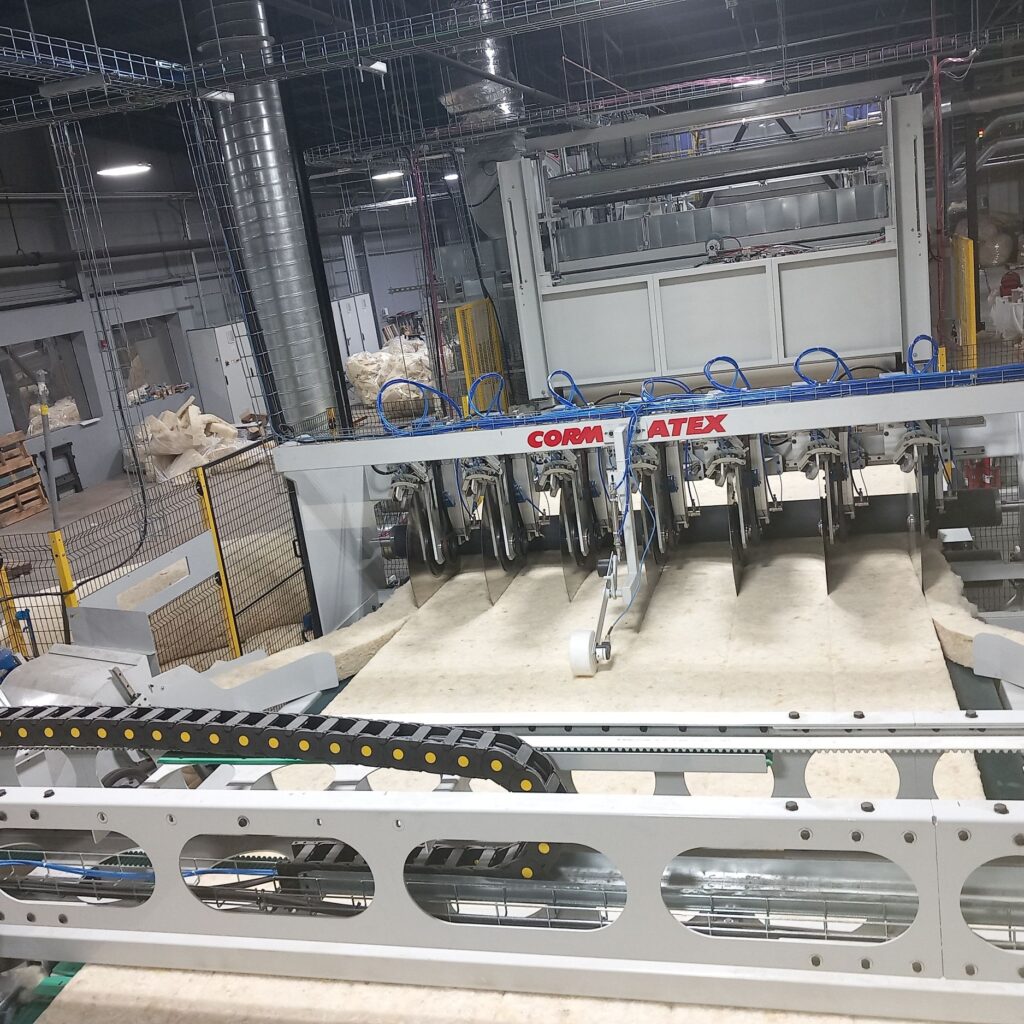
The company’s approach ensures zero waste generation in the nonwoven production process, while also reducing energy consumption and environmental impact. Cormatex has actively participated in international R&D projects focused on recycling difficult materials and upcycling end-of-life products into high-performance nonwovens. This dedication has led to successful collaborations across automotive, packaging, construction, and other sectors where demand for sustainable solutions is growing rapidly.
Embracing Digital Transformation and Smart Manufacturing
Cormatex’s systems are also at the forefront of digital integration. With Industry 4.0 capabilities built into its software architecture, Cormatex offers remote diagnostics, real-time machine optimisation, and data-driven process controls. “We’ve introduced advanced weight control systems in the forming section of our lines, which not only ensure consistent product weight but also monitor weight distribution across the machine width,” said Mr. Querci.
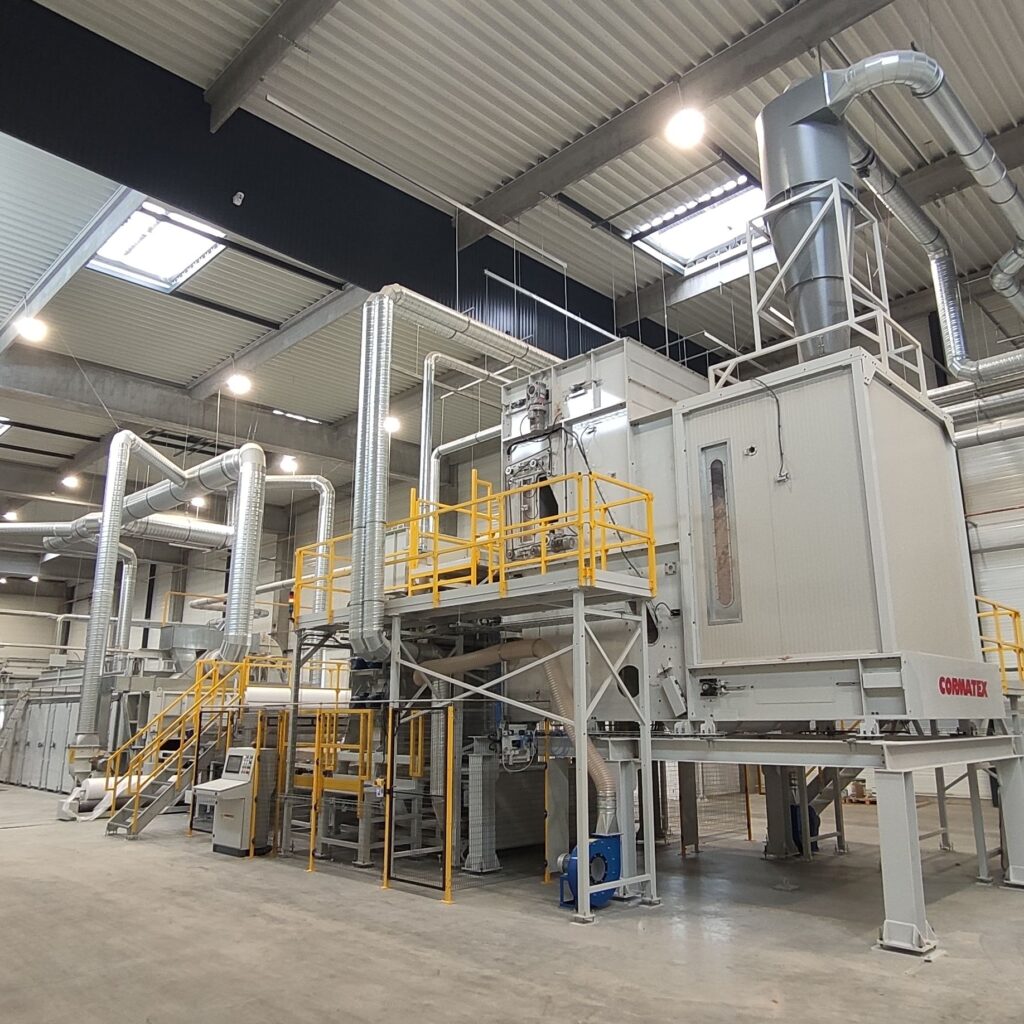
Remote tele-assistance and user-friendly interfaces help customers manage their lines with greater efficiency, while regular updates based on feedback from the pilot plant improve system intelligence and usability year after year.
Global Expansion with a Focus on India and Emerging Markets
Cormatex’s technologies are installed worldwide, with an especially strong presence in Europe, North America, and China. The company now has its sights set firmly on high-growth regions such as India, Southeast Asia, and Latin America. According to Mr. Querci, these markets are increasingly aligned with Cormatex’s strengths in sustainable fibre processing and recycling. “India, in particular, offers a great fit for our airlay technology. We’ve seen a rising interest in converting agri-waste and textile waste into usable products, and our experience with a wide range of natural fibres gives us a distinct advantage.”
To support growth in these regions, Cormatex is actively developing local partnerships that will enhance market responsiveness, provide local service support, and increase customer engagement. The company’s global approach is also reflected in its after-sales service infrastructure. A dedicated team of mechanics, electrical and software engineers is available to support installations and resolve issues quickly, backed by remote access tools and a robust inventory of critical spare parts.
Looking Ahead
As the demand for sustainable, customisable, and digitally enabled nonwoven solutions continues to grow, Cormatex is well-positioned to lead. The company’s strategic roadmap includes the continued evolution of its Lap Formair H technology, expansion into advanced composites and recycled fibre products, and deeper involvement in global R&D consortia to pioneer next-generation eco-textile innovations.
“Our strength lies not just in the machines we build, but in the knowledge we bring and the problems we help solve,” Mr. Querci concluded. “We see ourselves as long-term partners in innovation for our clients—and we’re ready to support them in building a more sustainable textile future.”
